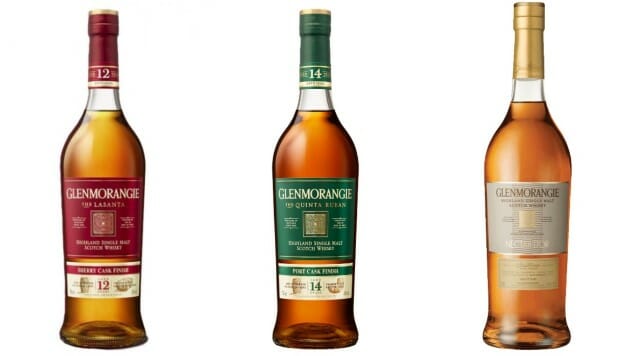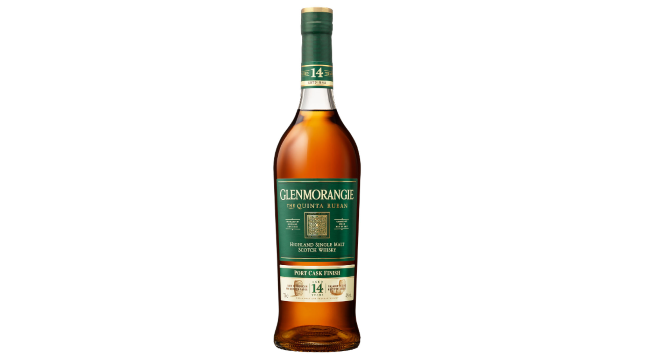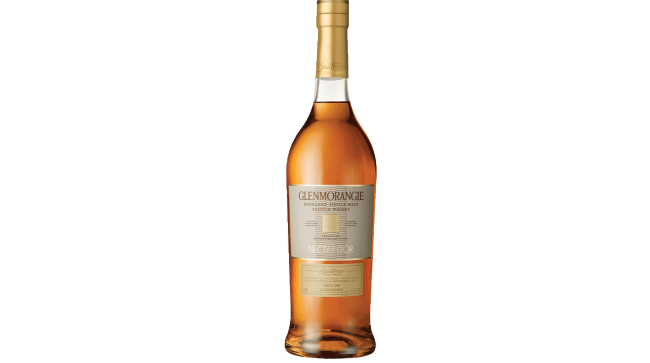Tasting the Redesigned Glenmorangie Extra Matured Range (Lasanta, Quinta Ruban, Nectar D’Or)
Photos via Glenmorangie
Scotch whisky is a funny industry, in the way it treats the ideas of tradition and permanence. Practically every prominent brand of malt markets itself as a totem of unwavering consistency—here’s a formulation, they say, that hasn’t changed in the last 100 years, so you know it must be good. At the same time, however, distilleries feel natural pressure to adapt and fine-tune their lineups, when they feel they’re not best reflecting the product the distillery wants to produce, or what is desired by the consumer. As such, there’s a delicate dance between the marketing potency of “this whisky doesn’t change” and “hey guys, we improved the whisky!”
Glenmorangie (founded 1843) certainly knows better than to mess with some of their most iconic products. Nobody is going to be tinkering (we would hope) with Glenmorangie The Original, the brand’s flagship malt, which at $30 or less has long represented one of the best pure values in scotch. This is exactly the kind of bottle you never want to change, because the product’s legion of fans appreciate it for exactly what it is.
The Glenmorangie “Extra Matured Range,” on the other hand, has recently undergone some revision. The Highland distillery looked at their three offerings—sherry cask aged Lasanta, port cask aged Quinta Ruban and sauternes cask aged Nectar D’Or—and decided to “refresh” the lineup via alterations both minor and major. Of the three, only Lasanta remains exactly as it was before, albeit with some new labeling. This seemed like an ideal time, then, to re-taste each member of the Extra Matured Range. So let’s get to it.
-

-

-

-

-

-

-

-

-

-

-

-

-

-

-

-

-

-

-

-

-

-

-

-

-

-

-

-

-

-

-

-

-

-

-

-

-

-

-

-











































